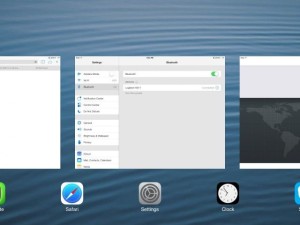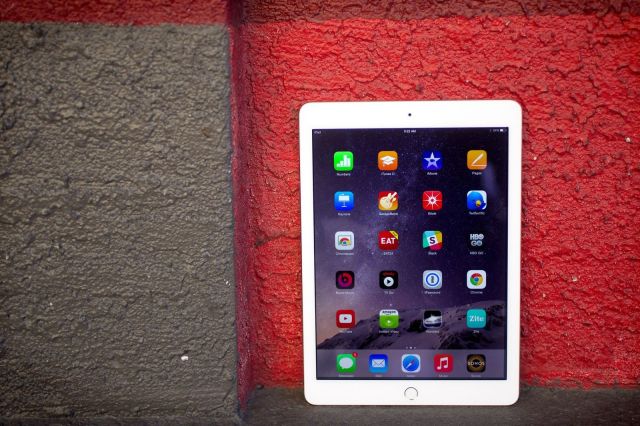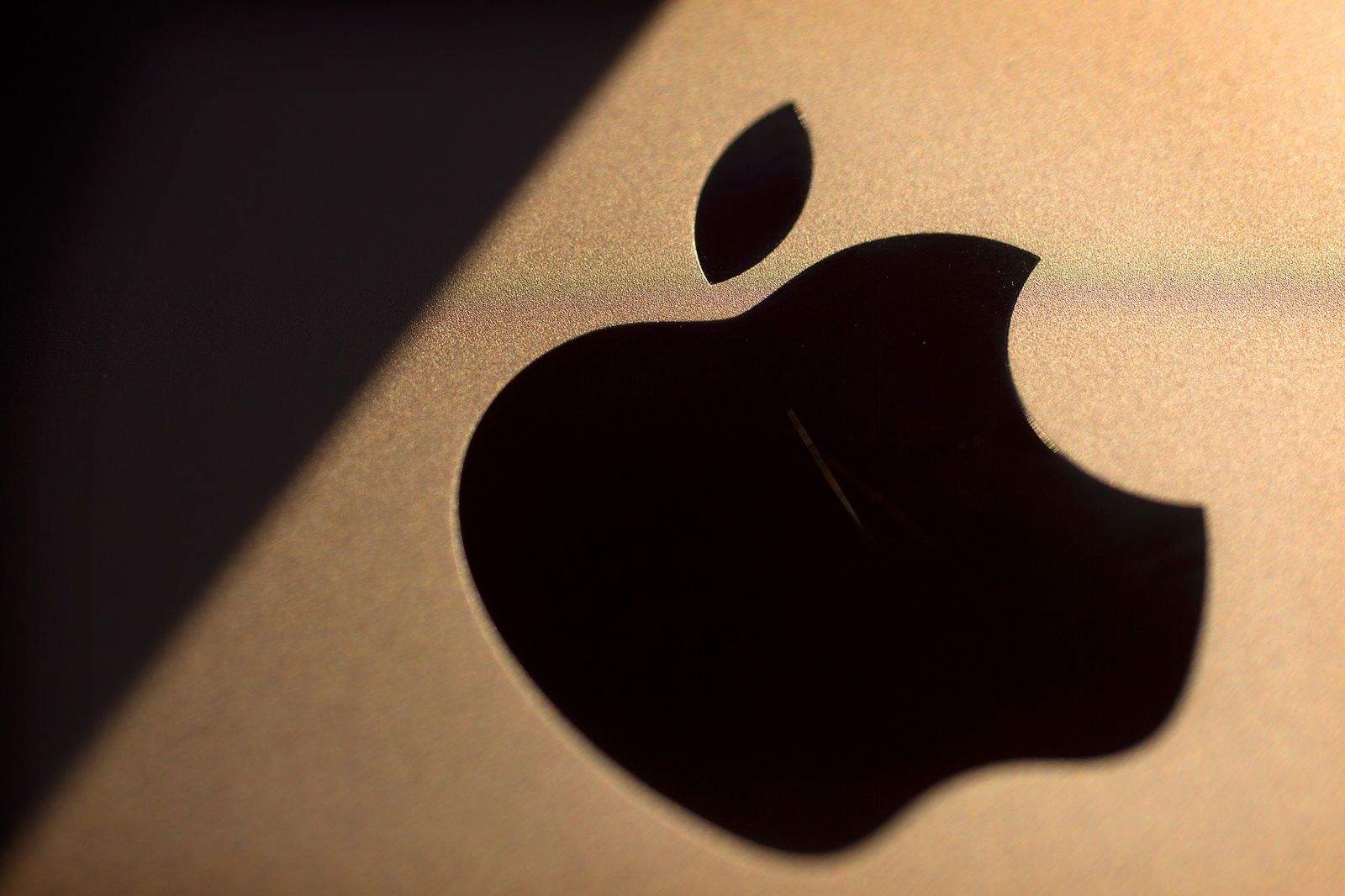Five years ago today, Steve Jobs introduced the iPad. A giant screen with one button, the iPad represented possibly the purest distillation of Jobs’ tech dreams. Yet at the time it was met with derision. “I got about 800 messages in the last 24 hours,” Jobs told his biographer, Walter Isaacson. “Most of them are complaining…. It knocks you back a bit.”
Half a decade and multiple iterations on, the iPad is an established part of Apple’s ecosystem. While it’s had its ups and downs, nobody’s flooding Apple’s inbox with iPad-related hate mail anymore.
So what were people complaining about? We hopped in our time machine to take a look at the original criticisms — and what, if anything, Apple’s done about them in the years since.

Photo: Wikimedia Commons
iPad is for old people
Ever since the GUI was introduced way back in the 1980s, Apple’s computers have been (unfairly) blasted for not being serious machines by a certain segment of tech observers. So it was with the iPad, which was criticized at launch for being little more than a giant iPod Touch aimed at older customers who didn’t regularly use computers. Specific criticisms included everything from its inability to load custom code, to its relative lack of computing power, to it being nothing more than an evil marketing tool designed to suck you into Apple’s ecosystem.
While these criticisms contain seeds of truth, the idea that the iPad was a crippled computer for elderly folks unable to handle a proper PC was as wrong an assumption as there is. Not only has the iPad swept the education market, but it’s also proved to be a powerful tool for a wide range of people, from athletes to musicians.
Today, the iPad is arguably Apple’s most versatile device (even if both my tech-illiterate parents love it).
iPad is for consuming, not producing
“Let’s face it: The iPad is basically a mobile device front-end for the iTunes Store,” wrote snippy Redditor thewriteguy soon after the iPad was announced. “And the consumer (I wouldn’t call them a ‘user’) is charged $500 for the privilege of shopping iTunes with it.”
He’s right about one thing: The iPad is a fantastic device for consuming media. It’s great for surfing the Web, watching YouTube videos, reading ebooks and anything else that your phone is too small for and your notebook’s not immediately convenient for. At its most basic, the iPad is a screen you carry around with you, and more than a century of cinema has taught us that screens are great for passive consumption.
But the idea that the iPad is not a productivity device in its own right is ludicrous. Apple has always targeted the creative end of the market first and foremost — and the iPad has excelled in that arena. When Bentley set out to shoot a new ad last year, the iPad’s iMovie app allowed them to carry out the majority of editing work from the back seat of their car, adding a whole new level of immediacy. Meanwhile, apps like itSeez3D allow people to transform their tablets into 3-D scanners, giving them a tool that previously wasn’t within the grasp of the average user.
The iPad is increasingly used for more traditional business work as well. Microsoft Office 365 was a huge hit, both commercially and critically, when it arrived on iOS last year. Apple’s 2014 deal with IBM (which we called the biggest tech news of last year) also brought a slew of new enterprise productivity apps to Apple’s tablet, offering tools to people working in everything from banking to telecommunications.

iPad lacked multitasking
This point is connected to the one about productivity. Multitasking is one area the original iPad critics might have had a point. Simply put: To be a true productivity tool capable of replacing your MacBook or iMac, it’s crucial that you can pull information quickly from one application and put it into another. Several generations on, Apple’s still not giving us iPad multitasking — which has certainly rubbed some people the wrong way.
There’s a good chance that will change with the 12-inch iPad Pro when the new device arrives, however.
No Flash on iPad
The lack of Flash on the iPad is one of those time-capsule complaints that, like teenage problems, felt oh-so-important at the time but now gets shrugged off with a “why did we ever care about that?” nonchalance.
Here in 2015, not even Android supports Flash anymore — and it hasn’t done so for a few years. Flash is dying out, and it’s a rare occasion when you visit a website on an iPad that can’t be viewed properly because of the tablet’s lack of Flash support.
No camera on iPad
This early omission has been well and truly fixed. Today’s iPads come with front and back cameras — as have every version of the tablet since the second one.
Not only are modern iPad cameras beautiful in terms of their image quality — we think it’s getting a bit less dorky to be seen taking photos with them. Or maybe that’s just what we tell ourselves to help us sleep at night.

Photo: Jim Merithew/Cult of Mac
The iPad’s name sounds like a feminine hygiene product
So quickly do Apple products become ubiquitous that it’s tough to remember a time when terms like “iPad” or “iPod” didn’t roll off the tongue. However, back in 2010 the most-cited criticism of the iPad was its name.
Some thought “iPad” sounded like a feminine hygiene product, and the term “iTampon” became a top trending hashtag on Twitter. Jezebel even ran a “Best Period-Related iPad Jokes” feature (“64 gig iPad will forever be known as the heavy flow model”).
Five years on, “iPad” has become the generic go-to term for tablets, to the point where other tablet-makers end up unintentionally advertising for Apple. When Microsoft gave NFL teams Surface tablets to review plays on the sidelines, commentators struggled not to refer to them as iPads. A 2014 survey found that kids placed the iPad name above Disney, Nickelodeon, Toys”R”Us, McDonald’s and YouTube, making the tablet the No. 1 brand among children aged 6-12.
Not bad for a name that everyone thought was a laughingstock!
What’s next for iPad?
Five years down the road, it would be ridiculous to pretend that we know exactly how Apple will iterate on the iPad going forward — it’s a bit like looking at an Apple II or first-generation Macintosh and thinking that’s as far as computers were going to go.
So what would we like to see from the iPad over its next five years? Other than an increased presence in schools, businesses, airplanes and everywhere else, I’d love to see a bigger screen, split-screen multitasking and additional RAM. As controversial as it is, you can sign me up for a Surface-style stylus, too, and an Apple-branded wireless keyboard.
What would you like to see Apple change about the iPad? Leave your comments and complaints below.


